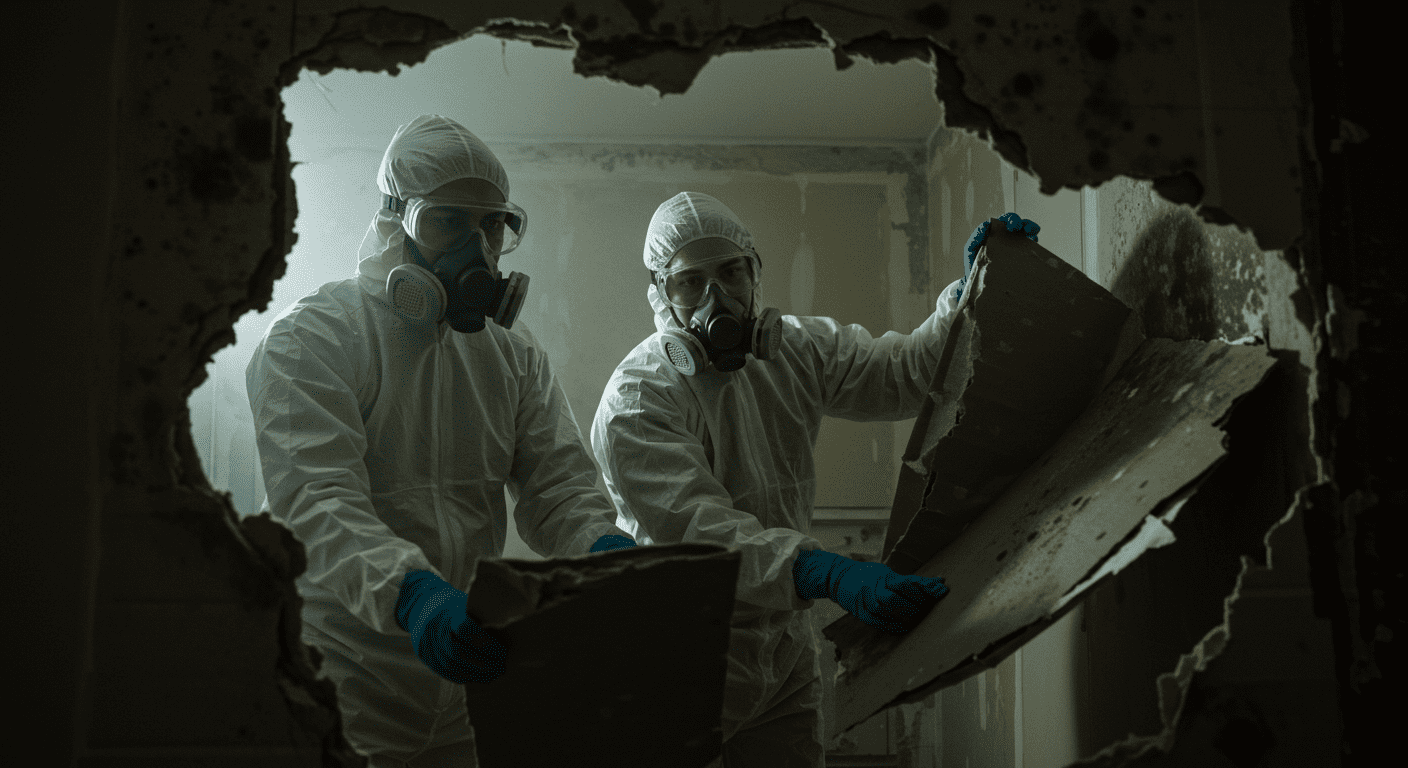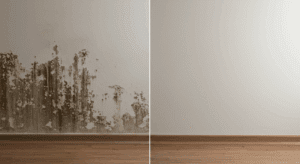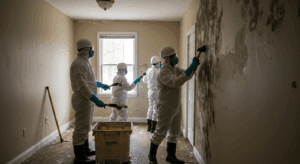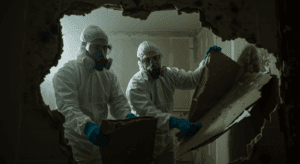Mold is a silent invader that can wreak havoc on your home and health. For residents of Hackensack, NJ, understanding the mold mitigation process is essential to maintaining a safe and healthy living environment. This guide will walk you through the causes of mold, the step-by-step mitigation process, and why professional intervention is crucial. Let’s dive in to ensure your home remains mold-free!
Understanding Mold: Causes and Risks
What is Mold?
Mold is a type of fungus that thrives in damp, humid environments. It reproduces through spores that are invisible to the naked eye and can spread rapidly in the right conditions. Common areas for mold growth include basements, bathrooms, and areas with water damage. Mold not only damages your property but also poses significant health risks.
Health Risks Associated with Mold Exposure
Exposure to mold can lead to a range of health issues, particularly for individuals with allergies, asthma, or weakened immune systems. Symptoms include respiratory problems, skin irritation, and even severe allergic reactions. Prolonged exposure can exacerbate these issues, making timely mold mitigation crucial for your well-being.
The Mold Mitigation Process
Step 1: Mold Inspection and Assessment
The first step in the mold mitigation process is a thorough inspection. Professionals use advanced tools like moisture meters and thermal imaging to identify mold growth and its root cause. This step is critical for developing an effective remediation plan tailored to your specific situation.
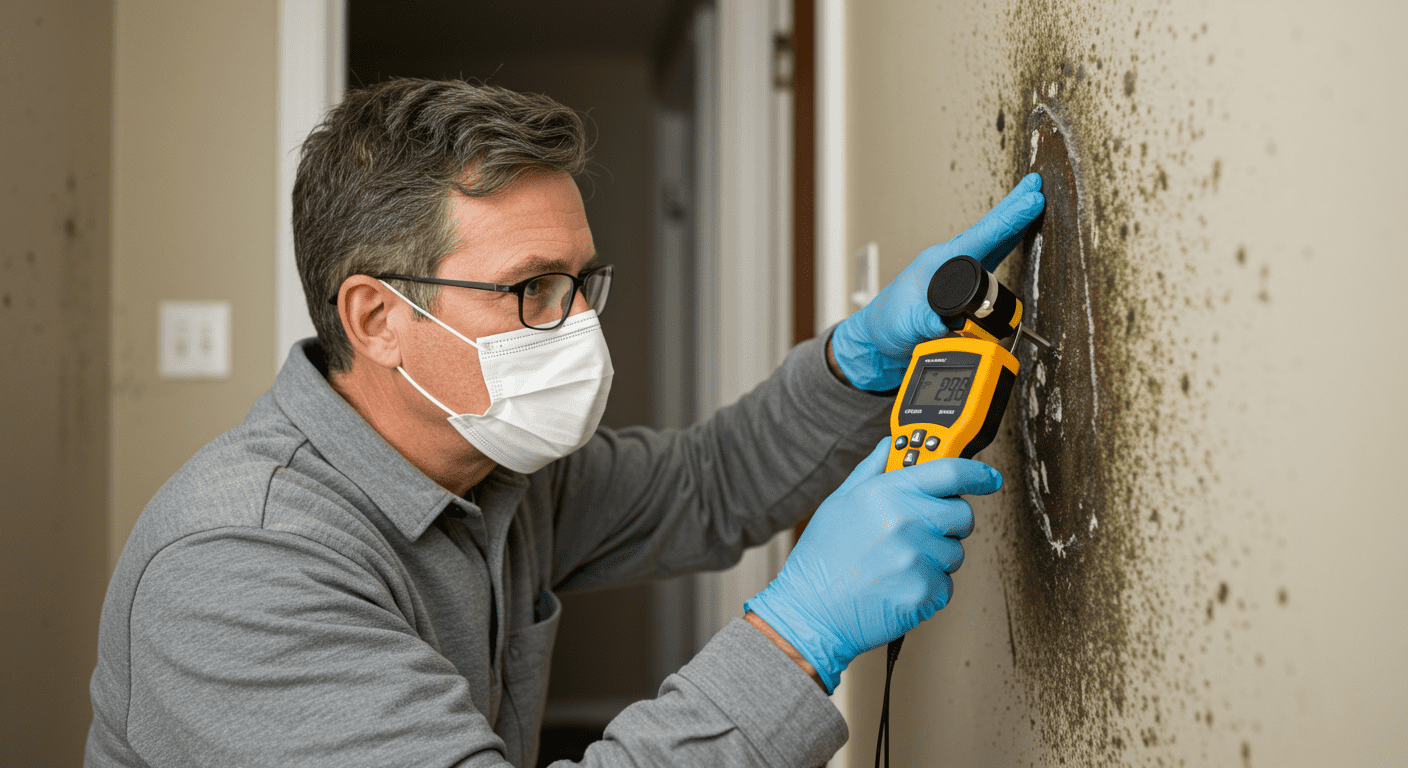
Step 2: Containment and Air Filtration
Once the affected areas are identified, containment measures are implemented to prevent mold spores from spreading to other parts of your home. HEPA air filtration systems are used to capture airborne spores, ensuring the air remains clean and safe during the remediation process.
Step 3: Mold Removal and Restoration
The actual removal of mold involves specialized cleaning agents and techniques. Porous materials like drywall and carpeting may need to be removed and replaced if heavily contaminated. After removal, the area is thoroughly cleaned and restored to its original condition, ensuring no traces of mold remain.
Step 4: Proactive Mold Prevention Strategies
Prevention is the final and most crucial step. Professionals will address the underlying causes of mold, such as leaks or poor ventilation, and recommend preventive measures. These may include installing dehumidifiers, improving drainage, or sealing cracks to prevent moisture intrusion.
Why Choose Professional Mold Remediation?
Benefits Over DIY Methods
While DIY mold removal might seem cost-effective, it often fails to address the root cause of the problem. Professionals have the expertise, tools, and techniques to ensure complete mold removal and prevent recurrence. DIY methods also pose health risks, as improper handling can release mold spores into the air.
Importance of Timely Intervention
Delaying mold remediation can lead to extensive property damage and increased health risks. Mold spreads quickly, and what starts as a small issue can escalate into a costly problem. Timely intervention by professionals ensures the problem is addressed effectively and efficiently.
Frequently Asked Questions About Mold Mitigation
How Much Does Mold Remediation Cost?
The cost of mold remediation varies depending on the extent of the infestation and the size of the affected area. On average, homeowners in Hackensack, NJ, can expect to pay between $500 and $6,000. It’s best to get a professional assessment for an accurate estimate.
How to Prevent Mold Recurrence?
Preventing mold recurrence involves addressing moisture issues, such as fixing leaks and improving ventilation. Regular inspections and maintenance can also help identify potential problem areas before they escalate.
What Areas Are Most Susceptible to Mold Growth?
Areas with high humidity, poor ventilation, or water damage are most susceptible to mold growth. This includes basements, bathrooms, kitchens, and areas around windows or pipes. Regular monitoring of these areas can help prevent mold issues.
Additional Resources
For more insights into mold prevention and remediation, check out our Essential Guide to Mold Inspection After Water Damage and learn how to protect your home and health effectively.
If you’re dealing with water damage, our Expert Plumbing and Water Damage Restoration Services in Linden, NJ can help you address the root causes of mold growth.
Conclusion
Mold mitigation is a critical process for maintaining a healthy and safe home environment. By understanding the causes of mold, following a comprehensive mitigation process, and seeking professional help, you can safeguard your home in Hackensack, NJ, from the damaging effects of mold. Don’t wait for mold to take over—act today to protect your property and health!
